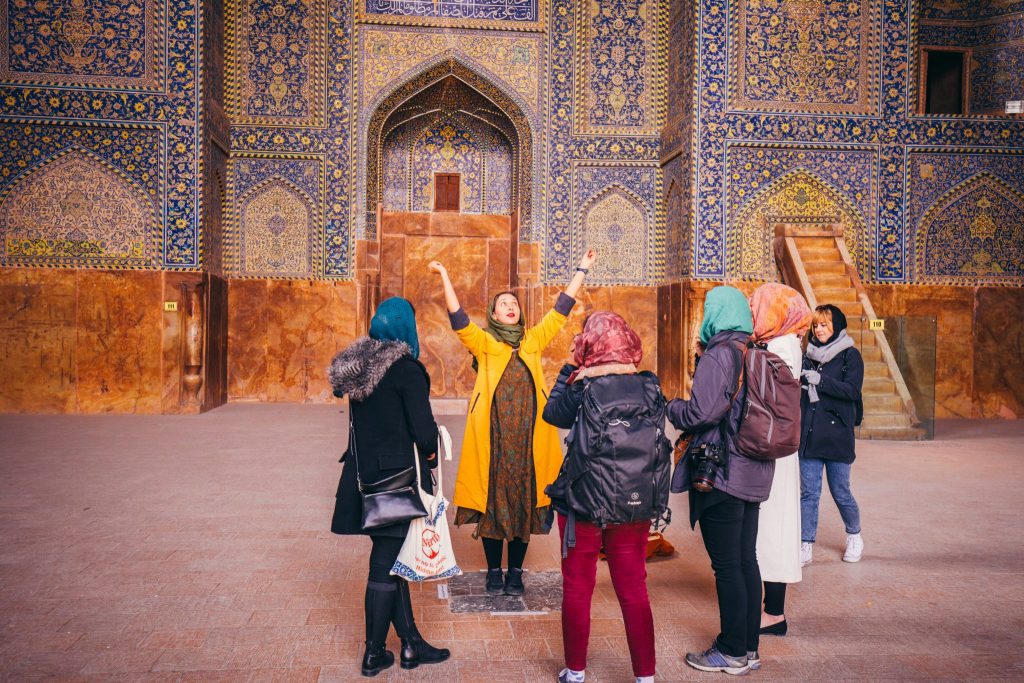Demand for Iran Tours Rising Despite U.S. Falloff

Skift Take
As antagonism intensifies between the Trump administration and Iran, some American tourists are rethinking plans to visit the country. Barring the start of military activity, tour operators say Iran is a safe and hospitable destination even for U.S. visitors.
As relations between the U.S. and Iran grow ever-more contentious, even rising to the threat of war, travel companies report that demand among Americans for Iran tours, which had been growing, is plummeting and that some have cancelled plans for upcoming visits.
Still, demand from elsewhere around the world seems to be rising.
“We’re used to getting questions on politics and safety, but this time frame seems more serious than what we’ve been through before,” said Janet Moore, owner of Distant Horizons, which has offered customized tours to Iran for over 20 years. “People are worried about the rhetoric from (President) Trump and (national security advisor John) Bolton. They don’t want to be anywhere where there’s military activity.”
With an Iran tour scheduled for September, Moore said she’s uncertain whether the trip will actually go forward.
“Because the process of getting visas to Iran is so time-consuming, we’ve initiated the process,” she said. “However, we want to assess the situation. We’re telling people to hold
